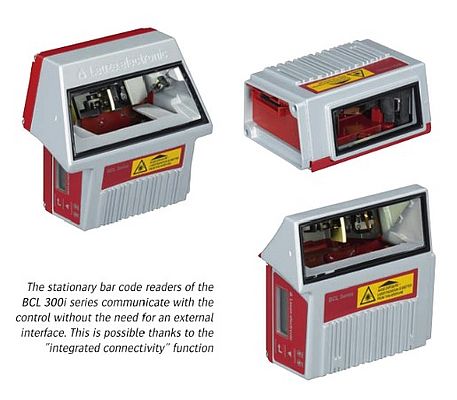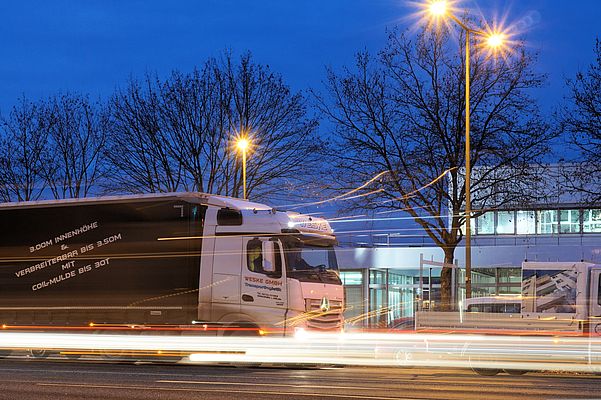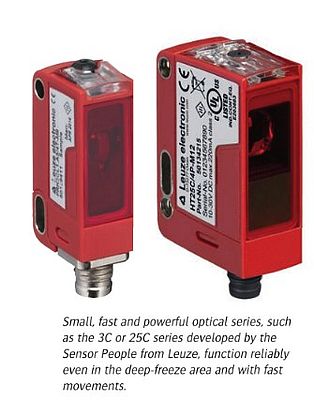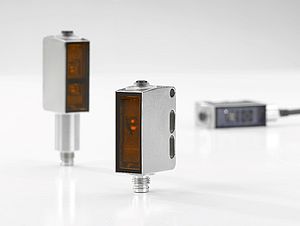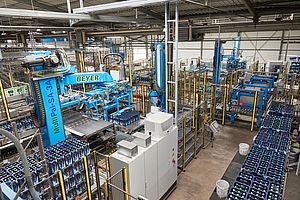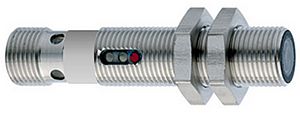MORE ONLINE IN THE FUTURE
Ordering food online is still unusual in Europe, where the market share of online supermarkets is currently 2.5 percent, according to market research company IDG Europe. In the United States, the share is 3.4 percent, while in the Asia-Pacific region it is already 7.5 percent. The trend is growing: Experts predict that customers will be doing around 20 percent of their supermarket shopping online by 2030. This is due, on the one hand, to the fact that there is, in Germany as well, an increasing number of food retailers who offer a combination of online shop and delivery service and, thus, compete with stationary retailers. On the other hand, it is due to the growing influence that megatrends such as digitization have on commerce and society.
FRESH MERCHANDISE WITH JUST A CLICK
Retailers who wish to remain competitive must respond to these trends sooner or later. Those that allow customers to buy products – including fresh food – online, face certain challenges:
- Short delivery times: System gastronomy and delivery services set the benchmark for this and in some cases offer delivery within the hour.
- Direct delivery from the warehouse to the customer: Delivery routes to the customer must be direct, short and efficient to keep merchandise fresh and transport costs low.
- Reduction of personnel costs: Routine processes involved in orders must be automated because manual processing is not cost effective.
- High availability: The desired merchandise should always be available in the online shop. Otherwise, customers will soon take their business elsewhere, as competitors are only a click away.
HIGHLY FLEXIBLE WAREHOUSE
To meet these requirements, suppliers must control their supply chains and orders must be picked in proximity to the customer. A solution to these challenges are microfulfillment centers (MFCs) – highly flexible, automated order picking warehouses only a short distance from the customer. Ideally, they should be located in the same building as the supermarket. This makes it possible to incorporate them into a hybrid model and thereby combine the advantages of an online shop and a supermarket: The MFC area or "black store" can be found in the rear part of the building. Here, the merchandise is stored and, as necessary, made available for the delivery service fully automatically. The front part of the building remains a conventional supermarket for onsite purchasing. Furthermore, there is the option for customers to order merchandise online and collect it themselves. Employees pick the merchandise and give it to the customer at a collection point. The warehouse responsible for the supermarket supplies the supermarket as well as the MFC as an additional warehouse.
TAILORED SENSOR TECHNOLOGY FOR EACH AREA
Special sensor technology is required to ensure that MFC operation is efficient and automated. The key tasks carried out in such logistics centers are identification, detection and guarding. The sensors used must be very compact because the use of space in MFCs is planned extremely efficiently. In addition, an MFC is divided into various areas that place different requirements on the sensor technology: Fresh and deep-freeze area, standard area, order picking area, receiving area and shipping area.
FRESH AND DEEP-FREEZE AREA: DETECTION USING PHOTOELECTRIC SENSORS
In this area, detection is the main task. This requires sensor technology that is not sensitive to low temperatures or condensation – for example, when the warehouse shuttle moves from the deep-freeze area into the standard area or to the order picking area. For this application, Leuze offers small, powerful optical series such as the 3C and 25C series. This technology functions even in the deep-freeze area and with fast movements. For simple applications, cost-optimized series such as the 5 and 23 series are also suitable.
STANDARD AREA: IDENTIFICATION USING BAR CODE READERS
Compact scanners with a relatively short range can be used to identify merchandise containers. Ideally, these scanners should be mounted directly on the conveyor system. It is crucial that the system operator does not need to align the scanners before use. In fact, the scanners should be functional as soon as they are installed. Therefore, Leuze has developed "integrated connectivity" for its BCL 300i series: This function enables the stationary bar code readers to communicate directly with the control without the need for an external interface. Commissioning takes place automatically as soon as the device is connected to the software.
ORDER PICKING: GUARDING USING SAFETY LIGHT CURTAINS
Picking stations must be guarded reliably, even when there are large quantities of them. Safety light curtains such as the ELC 100 from Leuze are suitable for this application. Where man and machine work "hand in hand", the safety light curtains can be used vertically as hand and finger protection, as access guarding as well as horizontally as area guarding.
SUMMARY
The digital transformation of the food retail industry requires a high level of innovation. Supermarkets and manufacturers of storage systems must redesign existing logistical processes, in some cases to a large extent. Micro-fulfillment centers can be the key to long-term competitiveness. They can be optimally planned and efficiently implemented using sensor technology that is already available today – Leuze assists with this process by contributing its expertise and powerful solutions.


